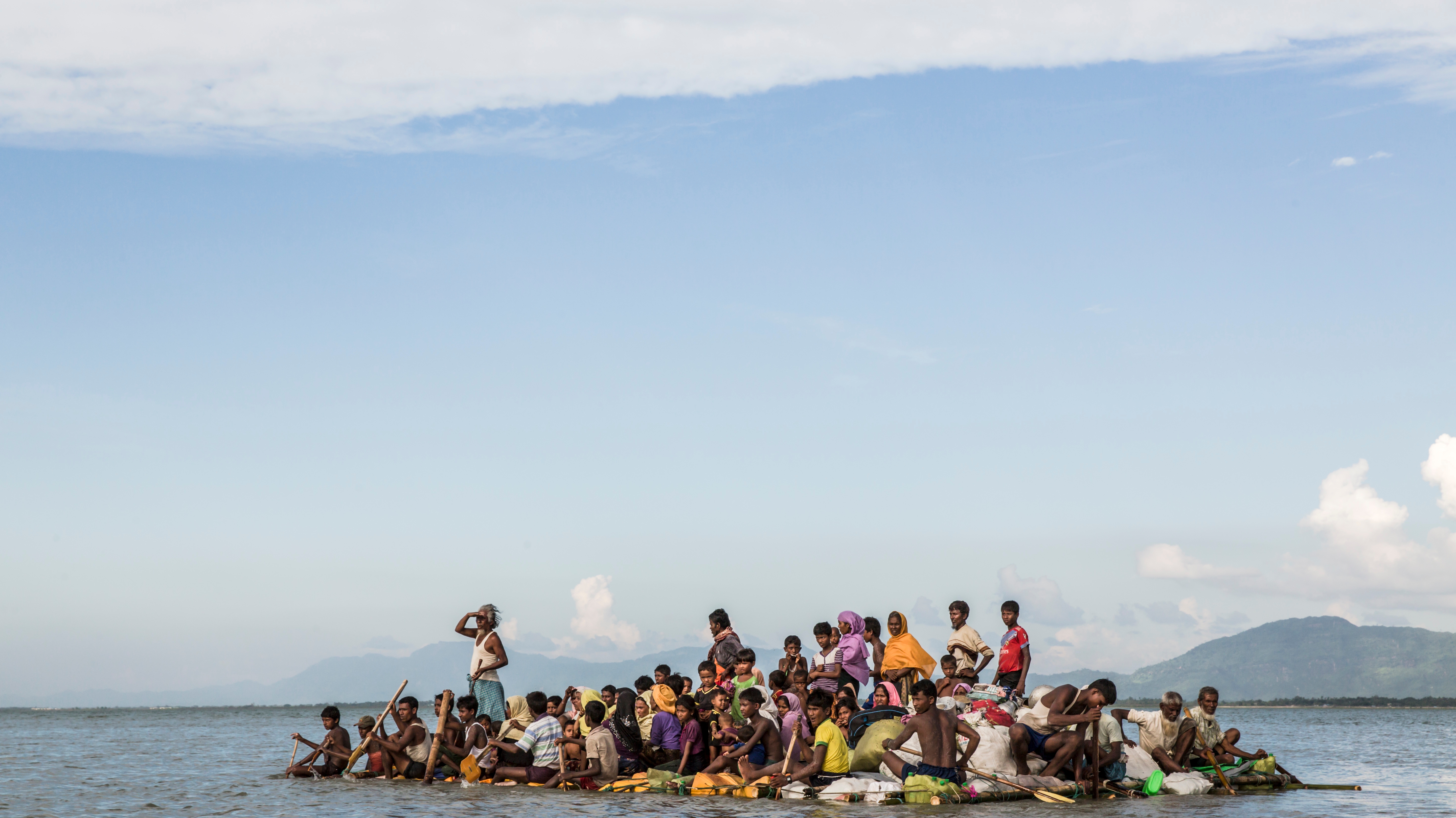
The second pillar of Building the Evidence on Forced Displacement is Operational support, which financed impact evaluations of novel projects and interventions by the World Bank and UNHCR in forced displacement contexts.
These evaluations rigorously measure the effectiveness of these projects and interventions with respect to their target outcomes, such as promoting income-generating activities for host communities and the forcibly displaced, improving health and educational outcomes, and building social cohesion, to cite a few. Rigorous measurement of program impact is critical to ensuring that resources are channeled to the most cost-effective projects.